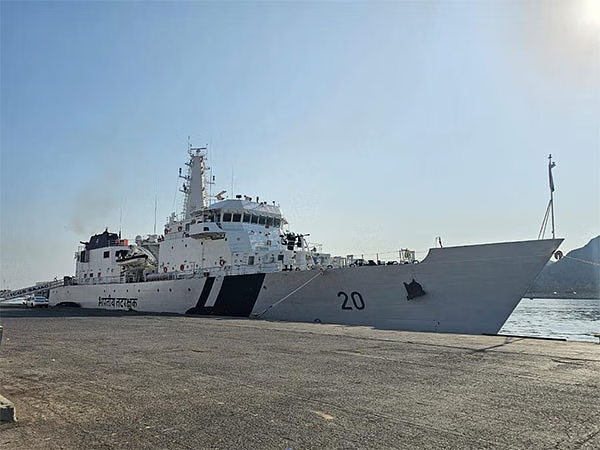Free Courses Sale ends Soon, Get It Now


Free Courses Sale ends Soon, Get It Now



Disclaimer: Copyright infringement not intended.
Context
Details
Operational Details
Design and Construction
Features and Capabilities
About Samarth-class OPVs
Construction and History:
Features and Description:
|
PRACTICE QUESTION Q. Which of the following statements are true regarding the Samarth-class offshore patrol vessels constructed for the Indian Coast Guard? 1.The Samarth class was built as part of a program to triple the Coast Guard assets following the 2008 Mumbai attacks. 2.These vessels are an improvement over the earlier Sankalp class, featuring a larger beam and more powerful engines. 3.The Samarth-class vessels were constructed in three batches by Mazagon Dock Shipbuilders Limited. a) Only statements 1 and 2 are correct. b) Only statement 2 is correct. c) Only statement 3 is correct. d) Statements 1, 2, and 3 are all correct. Correct answer: d) |
© 2024 iasgyan. All right reserved